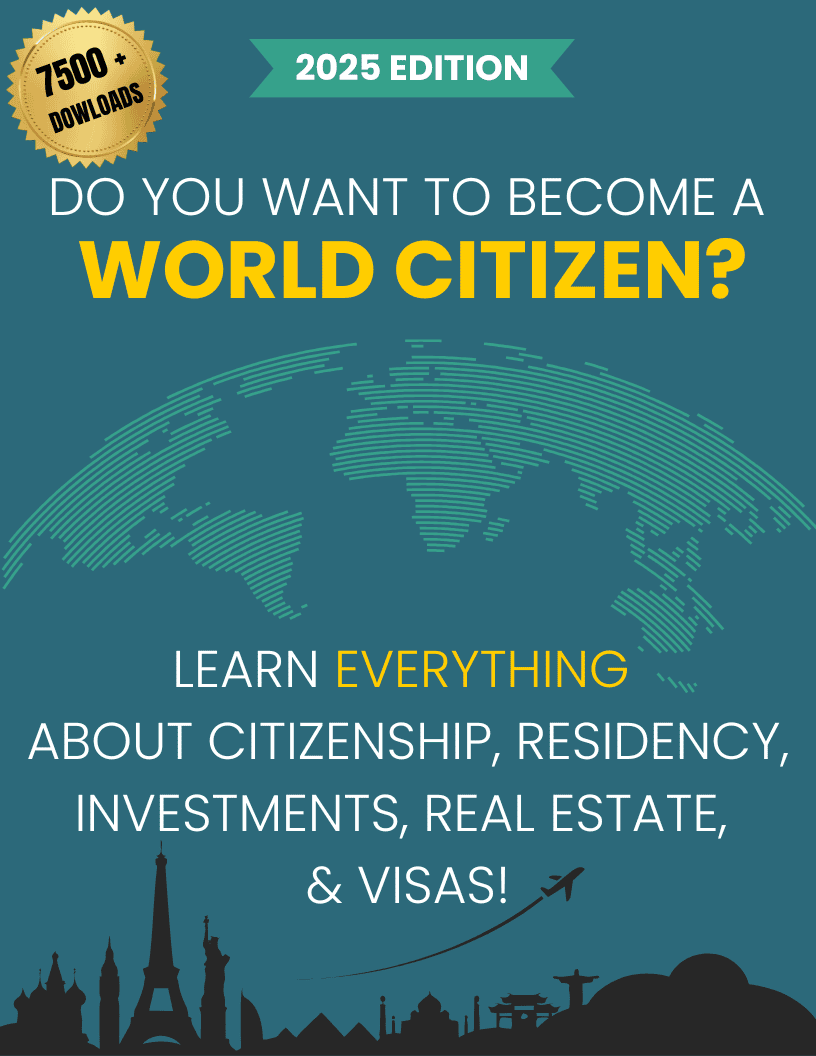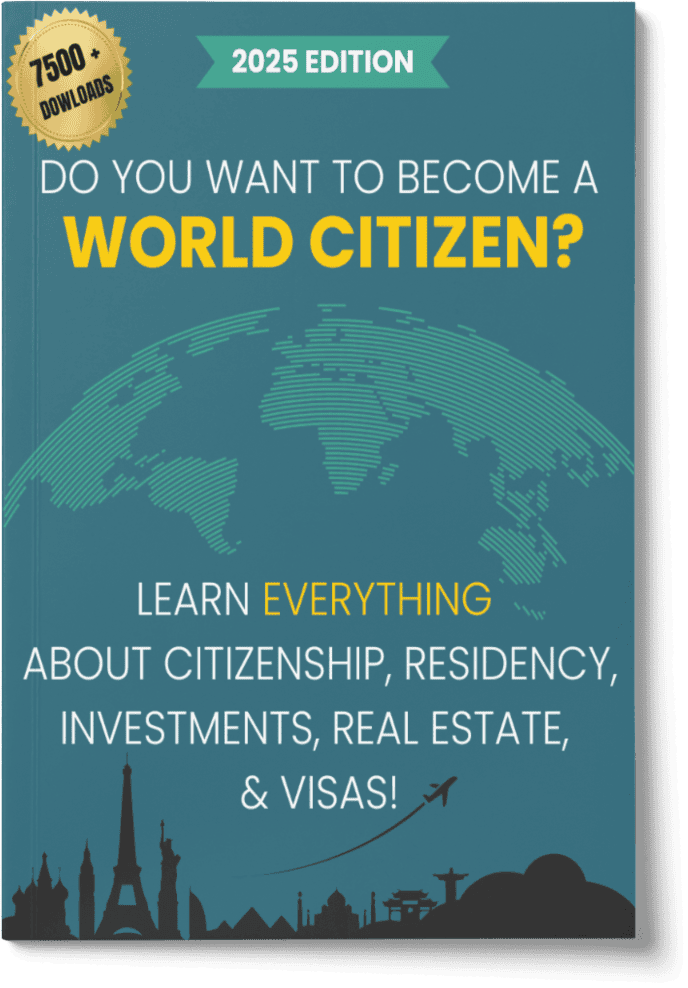What Are Work Visas?
Boost Your Freedom Without Compromise.
- Who offers the CHEAPEST program available.
- Who offers the BEST program available.
- What you need to qualify?

- Canada's work visa framework encompasses several categories, including the Federal Skilled Worker Program, Provincial Nominee Program, Canadian Experience Class, and the Temporary Foreign Worker Program, tailored to various skills and employment needs.
- The Express Entry system streamlines the application process for skilled workers, assessing candidates based on factors like age, education, work experience, and language ability to manage applications for permanent residence.
- The Temporary Foreign Worker Program allows employers in Canada to hire foreign workers to fill short-term labor and skill shortages when qualified Canadian residents are not available.
- Transitioning from a Canadian work visa to permanent residency is facilitated by several pathways, including the Canadian Experience Class for those with Canadian work experience and the Federal Skilled Worker Program for skilled workers.
- The Global Talent Stream offers expedited processing for businesses needing to hire unique and specialized foreign talent quickly, providing a faster route to working in Canada for eligible candidates.
In This Article, You Will Discover:
Lorem Ipsum
- Who offers the CHEAPEST program available.
- Who offers the BEST program available.
- What you need to qualify?
 Free Consultation
Free Consultation Easy to Use
Easy to Use 100% Safe & Secure
100% Safe & Secure
Canada is a top choice for professionals looking to grow their careers. It offers a great mix of work opportunities, high living standards, and a diverse culture. The country's economy is booming, and its immigration system is welcoming. This makes it easy for skilled workers to find jobs and build their careers.
Overview of Canadian Work Visas
Canada's work visa programs aim to attract talent in many fields. These include healthcare, technology, education, and skilled trades. There are two main types of work permits:
- Employer-Specific Work Permits
- These permits tie you to a specific job, employer, or location.
- Most require a Labour Market Impact Assessment (LMIA).
- Open Work Permits
- These permits let you work for any employer in Canada.
- They're usually given in special cases, like for spouses or after graduating.
Types of Canadian Work Visas
1. Temporary Foreign Worker Program (TFWP)
- It's for filling labour gaps in Canada.
- You need an LMIA to show it won't harm the job market.
- It's common in agriculture, healthcare, and trades.
2. International Mobility Program (IMP)
- It lets workers contribute to Canada's economy and culture without an LMIA.
- It includes programs like:
- Intra-Company Transfers: For employees moving within big companies.
- Youth Exchange Programs: Such as International Experience Canada (IEC).
3. Global Talent Stream (GTS)
- It's a quick way for tech experts to get work permits.
- It's for jobs like software engineers, data scientists, and IT consultants.
- Applications are processed in just two weeks.
4. Post-Graduation Work Permit (PGWP)
- It's for international students who graduate in Canada.
- It's valid for up to three years, based on your study program.
- It's a step towards permanent residency through the Canadian Experience Class (CEC).
5. Open Work Permits
- Includes:
- Spousal Open Work Permit: For spouses of international students or skilled workers.
- Bridging Open Work Permit: For those moving to permanent residency.
General Requirements for Canadian Work Visas
Each program has its own rules, but there are some common needs:
- Job Offer: You need proof of a job from a Canadian employer (for employer-specific permits).
- Labour Market Impact Assessment (LMIA): If needed, the employer must get an LMIA.
- Educational Qualifications: You must show your degrees, diplomas, or certificates.
- Language Proficiency: You need to prove you can speak English or French, depending on the job.
- Health and Security: You'll need to pass medical exams and get police clearance certificates.
- Proof of Funds: You must show you can support yourself financially at first.
Application Process for Canadian Work Visas
- Determine Eligibility
- Choose the right visa category for your situation.
- Secure a Job Offer
- Get a written job offer for employer-specific permits.
- Employer’s LMIA Application
- The employer must apply for an LMIA if needed.
- Gather Documentation
- Get the necessary documents, like:
- Passport.
- Job offer letter.
- LMIA (if needed).
- Proof of qualifications and language skills.
- Get the necessary documents, like:
- Submit Your Application
- Apply online or at a Canadian visa application centre in your home country.
- Attend Biometrics and Medical Exams
- Give biometrics and do medical tests if required.
- Await Decision
- Processing times vary based on visa type and your country.
- Travel to Canada
- After approval, get your work permit at the port of entry in Canada.
Benefits of Working in Canada
- Pathway to Permanent Residency
- Many work visas, like the PGWP, lead to permanent residency.
- Access to Social Benefits
- Qualify for healthcare, education, and other social services.
- Family Inclusion
- Bring your spouse and children, who can also work and study.
- High Living Standards
- Enjoy Canada’s quality of life, safety, and work-life balance.
- Multicultural Environment
- Grow in a welcoming society with diverse cultures and communities.
Challenges and Tips for Success
Challenges:
- Competition: High demand for visas in certain sectors.
- Documentation: Lots of paperwork can be overwhelming.
- Processing Times: Delays can happen, depending on the visa type.
Tips:
- Plan Ahead: Start early and make sure all documents are ready.
- Research Job Market: Focus on in-demand roles to increase your chances.
- Seek Professional Help: Consider immigration consultants for complex cases.
Conclusion
Canadian work visas offer great career opportunities and a high standard of living. Whether you’re a student, skilled professional, or looking to reunite with family, Canada has a pathway for you.
By understanding visa options and preparing well, you can make working in Canada a reality. Start your journey today and explore the possibilities of a vibrant career and lifestyle in a world-class destination.
- Who offers the CHEAPEST program available.
- Who offers the BEST program available.
- What you need to qualify?
 Free Consultation
Free Consultation Easy to Use
Easy to Use 100% Safe & Secure
100% Safe & Secure







